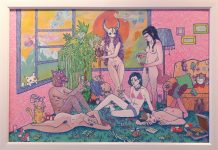Master jeweler Mehmet Nasuh Ortak of MNO Jewelry has been creating custom-made jewelry in gold and silver since 1987. Mr. Ortak has also been my teacher for the last five years I have been in Istanbul. From him, I’ve learned the art of fabrication — producing jewelry starting from a flat piece of silver (as opposed to casting and mass production) — an art that has existed in Istanbul for centuries. On a recent evening in Üsküdar, I asked him about how he got his start as an apprentice to a master jeweler in the Grand Bazaar and went up the traditional stepladder to becoming a jeweler. Many thanks to master calligrapher Efdaluddin Kılıç for translating.
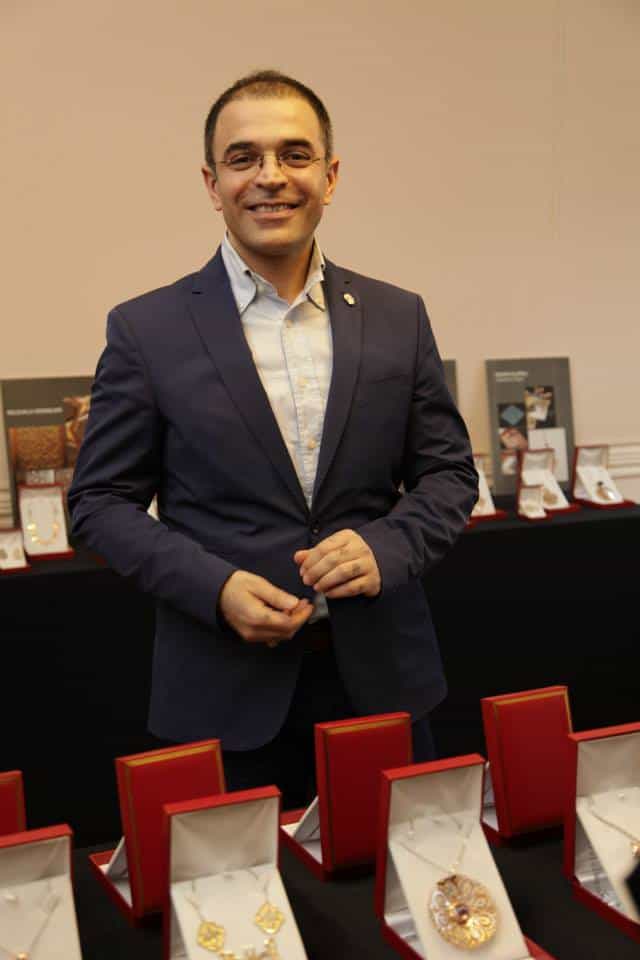
When did you know you wanted to be a jeweler?
When I was younger, I sometimes visited my distant relatives who worked as jewelers in the Grand Bazaar. The ambiance there made me want to be a jeweler: the precious stones, their color and natural beauty.
What was the process for training as a jeweler?
If this was your family business, you usually trained with a family member. The earliest and best age to start was six or seven years old. After one’s teenage years, a person’s training finished and one began work as an actual jeweler. There is a saying: “You can bend a stick when it is green.” This was the same philosophy for training a jeweler.
The education of a jeweler follows the natural development of a person. In your earlier years, you learn the fundamental skills, but later, in your teenage years, you are encouraged to show your own strengths and the environment becomes more competitive. There are three different levels in the jewelry world: çırak, kalfa, and usta.
I asked my parents to begin my training. I knew a lot of different masters (ustas) working in the same area, from all different nations. Some were Assyrian, some were Armenian, all working in the same business in the Grand Bazaar. That is how I found my usta.
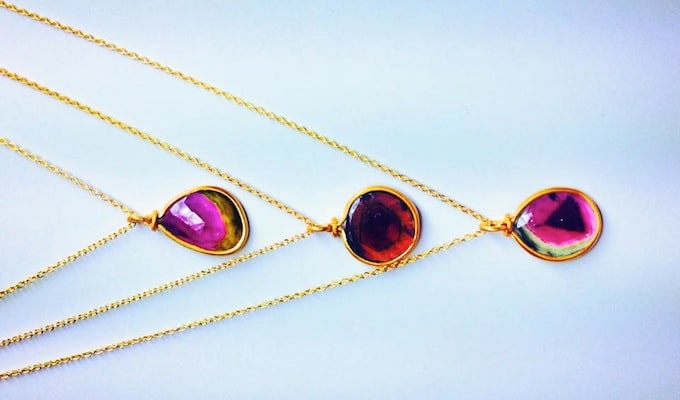
What was the life of an apprentice like?
It was much harder then than it would be today. The çıraks were not allowed to touch the usta’s tools and learned by watching him work. Slowly, the usta would give us more responsibility and opportunity to use the tools. All tools were imported; as such, they were very precious and kept in a safe. Not being able to touch the tools made it more difficult to learn as an apprentice.
Earning the trust of the usta was the most important thing as a çırak and gave you access to learning the trade. The usta had to know that you were dedicated and trustworthy. To see if a çırak was reliable, he would entrust him with a precious stone or finished work to deliver to a customer. This was dangerous for a young child, because if anyone realized that we were carrying expensive materials, we could have been robbed or harmed.
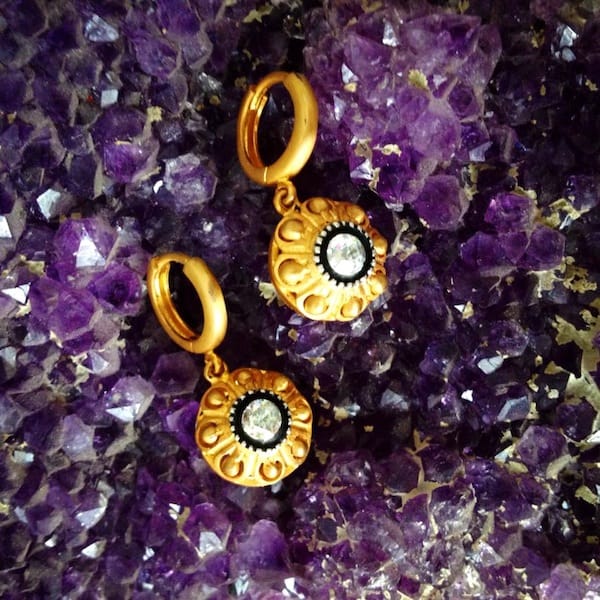
What were some of the best memories from that time?
I have many memories and stories from that time. The first story that comes to mind is from the beginning of my apprenticeship. The kalfa gave each new çırak money and sent us to buy impossible things, like the dust of the drum, the shadow of the minaret, and the pillow of the pilgrim that never sleeps.
After asking around I soon realized it was a kind of joke. Well, the most expensive fruit at the time were bananas and I decided to buy some with the kalfa’s money. I ate one to ensure that I got my share, and brought the rest back. Upon seeing the bananas, he asked about the money.
“Your money is here,” I replied. The kalfa expected me to come back humiliated, without the requested items and to get his money back, but the usta looked at the kalfa and said, “You have been outsmarted.”
Another story I remember is from a day when I found a gold coin while walking through the Grand Bazaar. I put it in my bag, but after a few hours, it weighed on my conscience. Although my usta said I could keep it, I was bothered to think that it might have been dropped by another apprentice, who might lose his job as a result. I decided to find the owner.
Our shop was right outside of the Grand Bazaar and I set out to try to find the coin’s owner during my lunch hour. I went back to where I’d found the coin, listened to the gossip from other shopkeepers, and found out that a shop owner had lost a precious coin that morning while unlocking his shop.
After asking around, I found his shop and walked in to find him eating pide (which was expensive at the time). I introduced myself and told him that I’d heard he’d lost a coin. He tested me by asking if it was a cumhuriyet coin, smaller than the ata coin I’d found. I gave him the coin and he asked me a number of other questions. Finally, he offered me one corner of his pide.
When I came back to my workshop, my usta was amazed that I’d found the rightful owner, but surprised that pide had been my only reward for returning such a valuable item. The next day, however, a large order of pide was delivered to the workshop along with a packet of baklava.
We had many customers in the coming days and my usta said, “Sometimes you get an apprentice who takes everything from you, and sometimes you get one who brings everything to you,” meaning that the new customers were coming because of me. This allowed me to be recognized in the jewelry community as an honest person with whom to do business. I realized that by being trustworthy, one can be more prosperous. Your credibility is priceless.
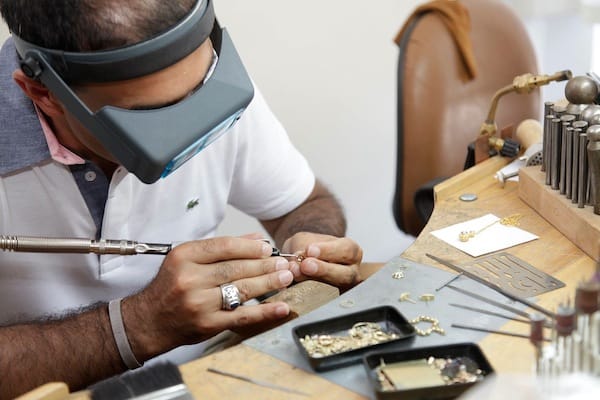
When did you open your own business?
After being a çırak, I became a kalfa. I was responsible for the apprentices under me, but also was in competition with the other kalfas in the market. Everyone was competing to have a successful business, and you had to keep an eye on what others were doing.
At that time, serious goldsmiths were all centered in the Grand Bazaar. Even within the Bazaar, there were a limited number of people who were serious goldsmiths.The demand for jewelry was not very large, because Turkey was not doing so well economically, so the competition was fierce.
As a kalfa, I started making silver rings. One time, I made a ring for a customer in Ankara, but my usta did not like the design. He chucked it on the table, saying that I had wasted my time. My hopes were broken.
The next day, the customer from Ankara came to the workshop very early. As a kalfa, I came early too, and so I had a chance to introduce myself. I decided to promote my work, and told him that I had created a design that all the ustas and kalfas were amazed by and were talking about.
When my usta came, breakfast was served, and each design was brought out to show one by one. I noticed that he was delaying bringing out my design, so I made an excuse to go to the safe, saying I was out of solder, and surreptitiously showed my ring to the customer. He asked whether this was the famous ring everyone was talking about. I blushed, realizing that my desperation to sell was obvious. But to my surprise, the customer purchased it.
Later that week, the same customer ordered more rings of the same design. I was so proud. It made me realize that I could also be a designer, and I developed quickly as a jeweler after that.
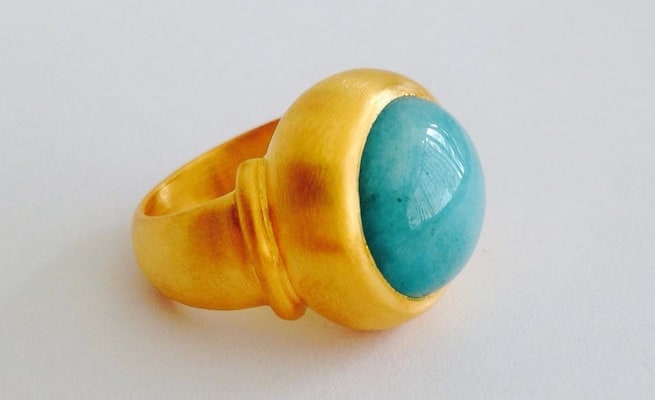
What do you remember about how different Istanbul was then and now?
It was more joyful and natural when I was growing up. There was less theft. I could build up a business in a safer environment. Now, Istanbul’s population is much larger than it was then. Back then, everyone in the jewelry community knew each other.
What inspires your jewelry now?
The world is smaller now and available at everyone’s fingertips. Everything can be inspiring. I work with raw materials. Every material has its language; it’s up to a craftsman to learn to speak this language. The turning of a wheel, any movement of a leaf, the sun rising at dawn — I look at life as it is happening, and this inspires my work. I also like to keep up with the design and fashion happening globally. My customers are international, and I want to appeal to customers of all backgrounds.
What do you like best about being a jeweler?
When you produce something, you are also shaping yourself. You learn and develop as you shape the gold, set a stone. Your product is an extension of you — it represents you. A true master jeweler doesn’t just form a piece of jewelry, he gives it a soul.
To see more of Mehmet Nasuh Ortak’s designs, check out the website for his business, MNO Jewelry.








